| | | | |
Choosing Mesh for a Water Wrap or Ring Sling
To make a wrap or ring sling to use in the water, you need a very specific type of fabric. Typically called "athletic mesh" or "football mesh," the ideal fabric has the following qualities.Good Mesh SHOULD...
- Be called "athletic mesh" or "football mesh"
- Have a regular pattern of small holes
- Holes should be very small, but clearly see-through
- Have a little bit of stretch from selvedge to selvedge
- Be 100% polyester or nylon
- Have a distinct "vertical" pattern between the holes on the back side of the fabric
| Examples of good mesh: | |
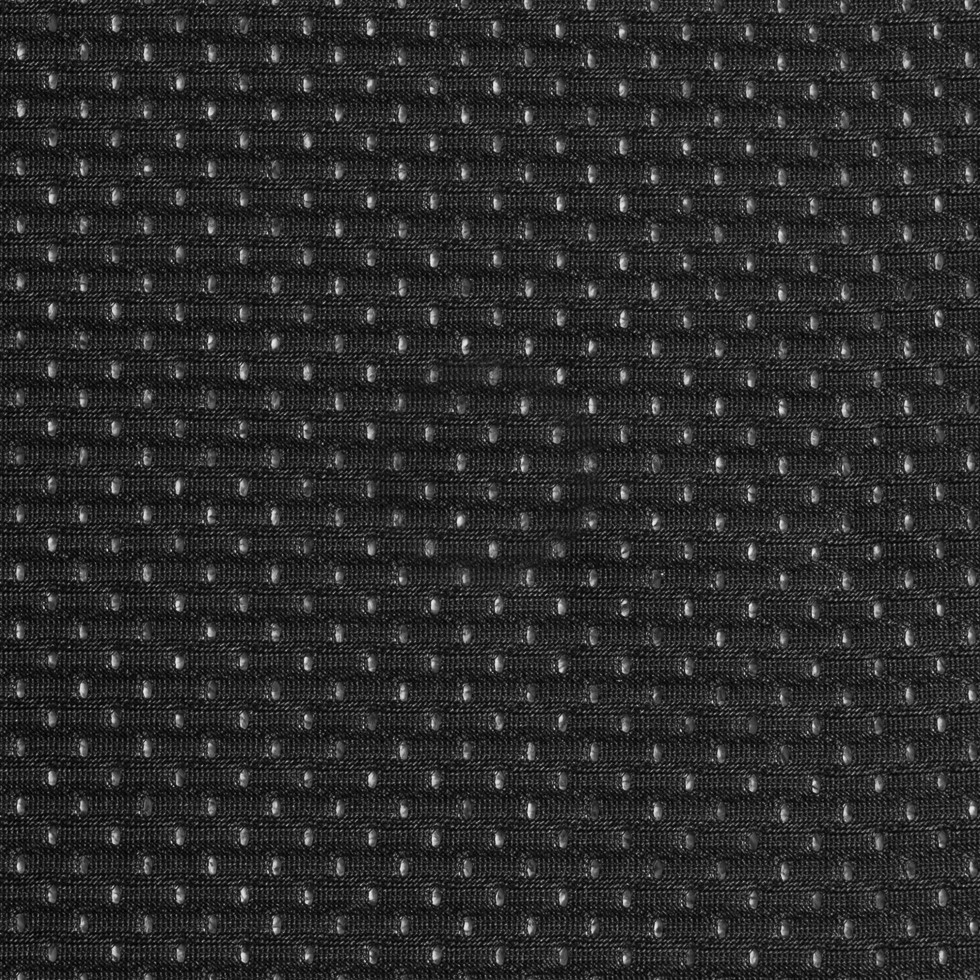 |
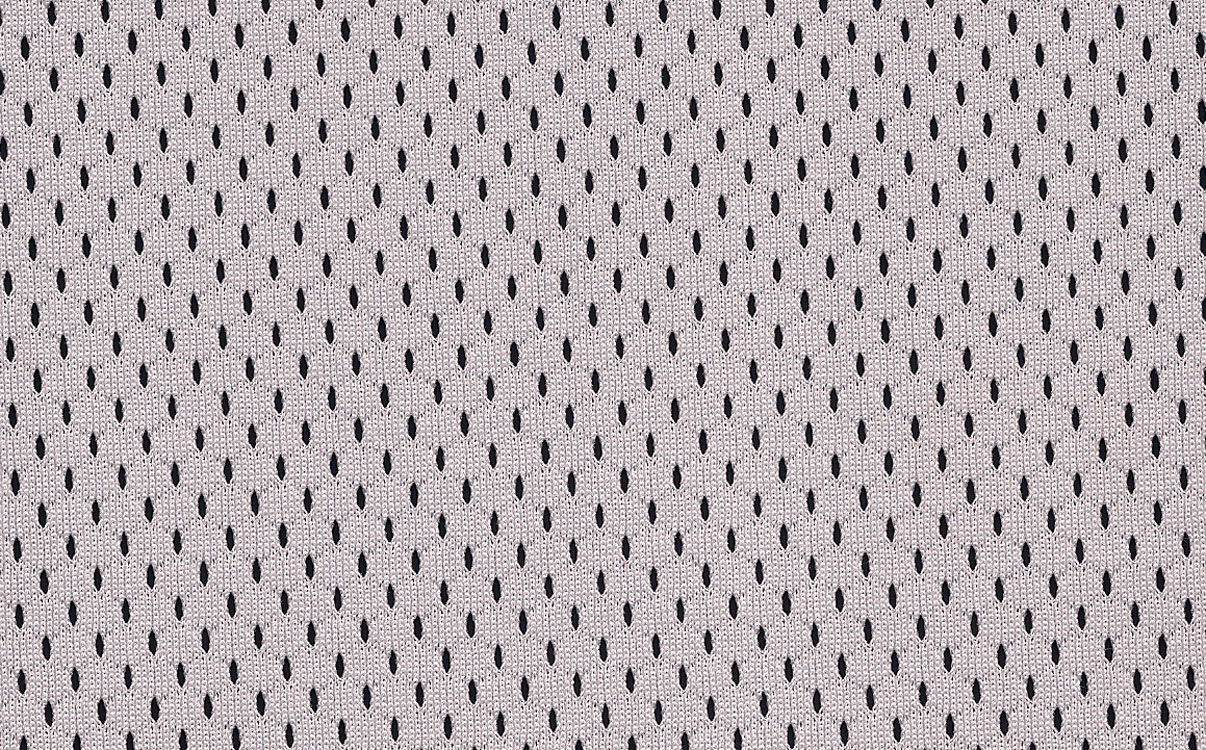 |
Good Mesh SHOULD NOT...
- Contain any rayon, spandex, elastic, cotton, etc
- Have any significant stretch lengthwise (from end to end)
- Have large fishnet-like holes
- Have very tiny, dimple-like holes
- Be labled "utility mesh"
- Be labeled as "athletic knit" (it may be labeled as a "knit" fabric in general, but most "athletic knits" have small dimple-like holes and far too much stretch)
- Be labled "wicking mesh"
| Examples: | |||
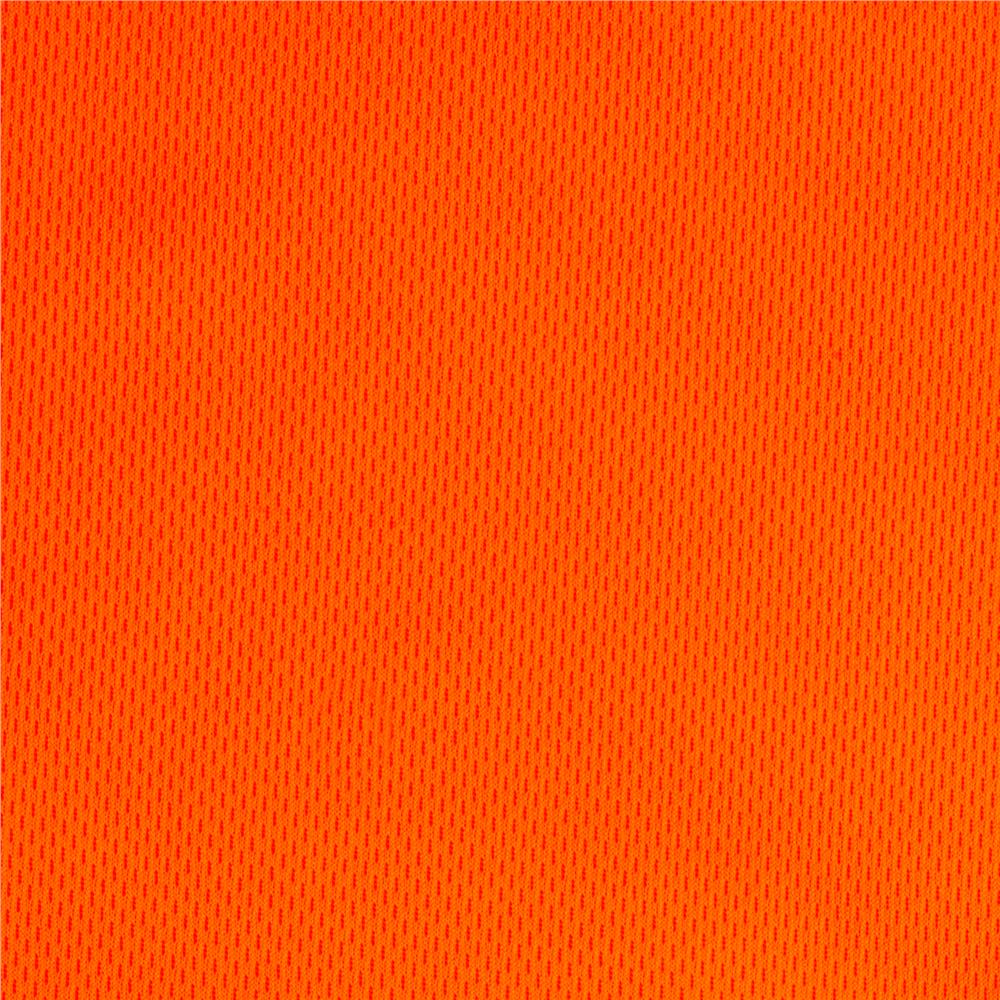 |
 |
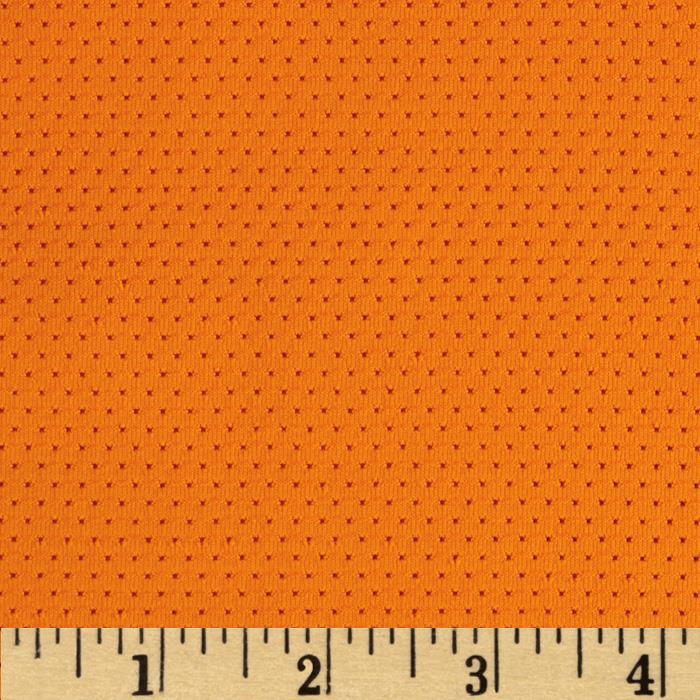 |
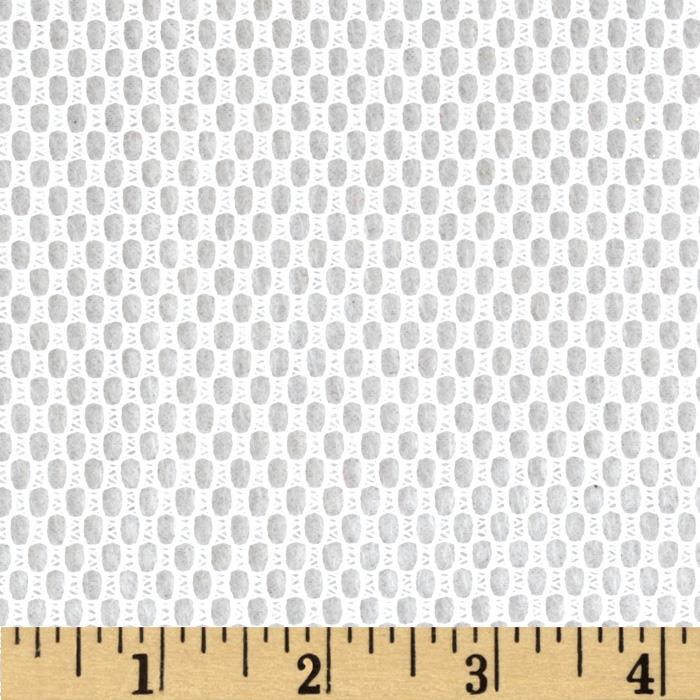 |
| Small dimples are a sign of wicking mesh Safe for a long, 3-pass stretchy wrap Not safe for short wraps or slings. |
Netting or "Utility Mesh" Not safe for ANY babywearing purposes |
Holes too small; like has 4-way stretch *Probably* safe for a stretchy wrap Not safe for slings or short wraps |
More Utility Mesh Not safe for ANY babywearing purposes |
Confirmed Sources
- "Football Mesh" from stylishfabric.com (also sold on Amazon)
- Precut pieces from Babywearings.ca (Canada only)
Correct Sling Rings SHOULD...
- Be "small" (2" or so) to use with mesh
- Be designed specifically for babywearing
- Be sold by a reputable source
- Be weight tested
Safety Notes
Mesh slings are NOT designed for general hot-weather use. The fabric tends to slip when dry, and can be extremely diggy and uncomfortable. A cotton or linen sling or wrap will offer much more breathability in the heat. On the other hand, cotton/linen/wool/etc wraps and slings should NOT be used in the water. Natural fibers will absorb water and swell, causing the fabric to become exponentially heaver, saggier, and dig into your shoulders. (Think about how much heavier a WET towel is compared to a DRY towel.) This puts much more strain on the fabric and may weaken it. Rayon/bamboo/tencel is particularly brittle when wet. In addition, if you are wearing in a pool, the chlorine can damage the fibers. Back carrying should NEVER be done in a water setting. You should have a clear view of baby's airway at all times when water is involved! Be aware of what "dry drowning" is - submersion is not the only risk when it comes to children and water.Tutorials and Related Notes
The following pdf shows a visual of appropriate stretch: Choosing_the_Right_Mesh.pdf Once you have your fabric, you can follow the Water Ring Sling Tutorial. If you want to make a wrap instead of a ring sling, you can use the measurements in the Woven Wrap Tutorial to cut your fabric to width/length. You can use any size wrap you like if you have the appropriate mesh with the appropriate stretch. Keep in mind that athletic mesh does not have to be hemmed if you don't want to, so cutting to width/length is the only step needed. If you cannot find a safe mesh, you can instead use swimsuit material (100% spandex/lycra) to make a stretchy wrap. Keep in mind that this will be a little less supportive of bigger babies and must be worn with three passes over baby's back at all times. --| I | Attachment | History | Action | Size | Date | Who | Comment |
|---|---|---|---|---|---|---|---|
| |
Choosing_the_Right_Mesh.pdf | r1 | manage | 5404.4 K | 2017-03-10 - 16:30 | AlyssaLeonard | |
| |
Photo_Jun_21_11_12_15_PM.jpg | r1 | manage | 447.0 K | 2017-06-29 - 18:14 | AlyssaLeonard | |
| |
Photo_Jun_21_11_12_20_PM.jpg | r1 | manage | 240.8 K | 2017-06-29 - 18:14 | AlyssaLeonard | |
| |
Photo_Jun_21_11_12_30_PM.jpg | r1 | manage | 210.4 K | 2017-06-29 - 18:14 | AlyssaLeonard | |
| |
Photo_Jun_21_11_12_34_PM.jpg | r1 | manage | 489.6 K | 2017-06-29 - 18:14 | AlyssaLeonard | |
| |
Photo_Jun_21_11_12_41_PM.jpg | r1 | manage | 697.6 K | 2017-06-29 - 18:14 | AlyssaLeonard | |
| |
Photo_Jun_21_11_12_54_PM.jpg | r1 | manage | 109.9 K | 2017-06-29 - 18:14 | AlyssaLeonard | |
| |
Photo_Jun_21_11_14_19_PM.jpg | r1 | manage | 98.9 K | 2017-06-29 - 18:14 | AlyssaLeonard |
Topic revision: r8 - 2017-06-29 - AlyssaLeonard
Ideas, requests, problems regarding TWiki? Send feedback



